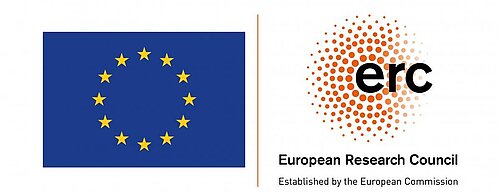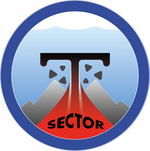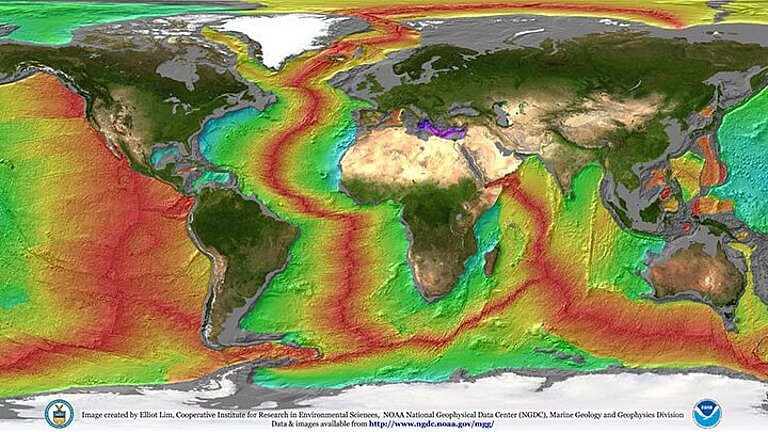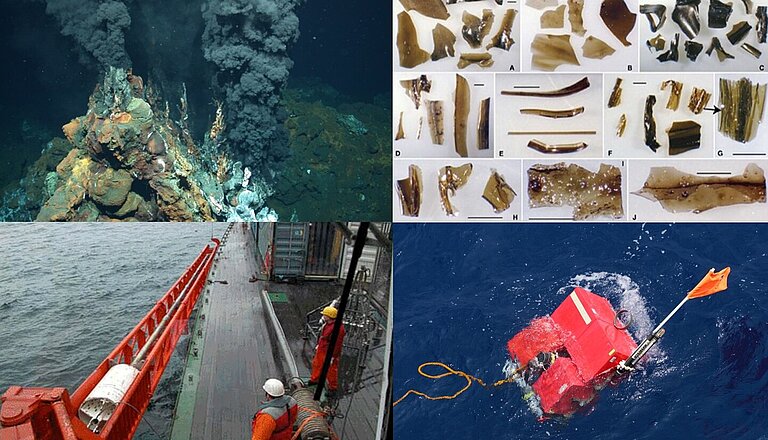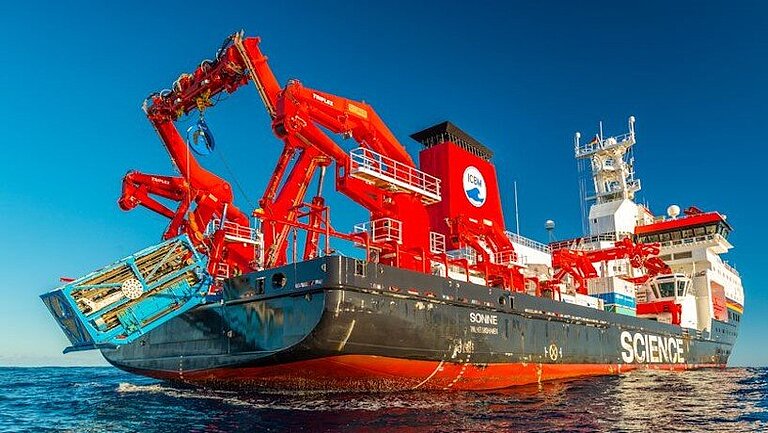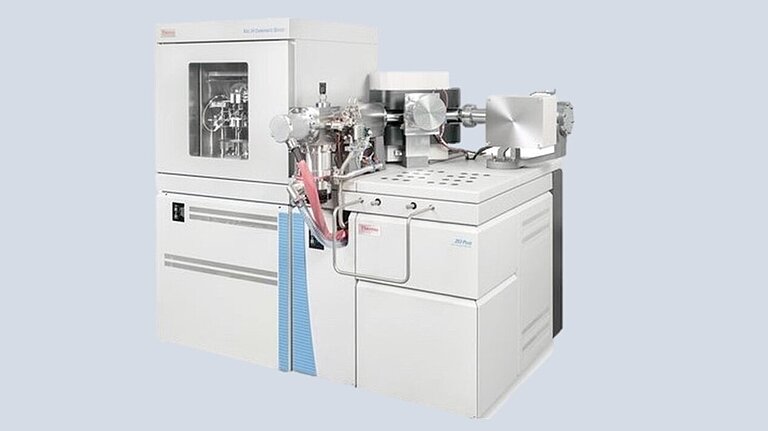T-SECTOR: Testing Solid Earth Climate connections Through mid Ocean Ridge time series
ERC Synergy Grant aimed at establishing for the first time a link between climate and solid earth (plate tectonic) processes, more specifically between glacial cycles (sea level) and mid-ocean ridge volcanism
Funding Period: October 1, 2023 - September 30, 2029
Principal Investigators:
Prof. Heidrun Kopp (GEOMAR) – Geophysics: Bathymetry & Crustal Thickness
Prof. Martin Frank (GEOMAR) – Paleo-Oceanography & Hydrothermalism
Prof. Charles Langmuir (Harvard University) – Igneous Petrology of MORB Glass Shards
Prof. Kaj Hoernle (Corresponding PI; GEOMAR) – Isotope Geochemistry of MORB Glass Shards
Funded by the European Union. Views and opinions expressed are however those of the author(s) only and do not necessarily reflect those of the European Union or the European Research Council Executive Agency. Neither the European Union nor the granting authority can be held responsible for them.
This work is supported by ERC grant (T-SECTOR/ 101071713)
